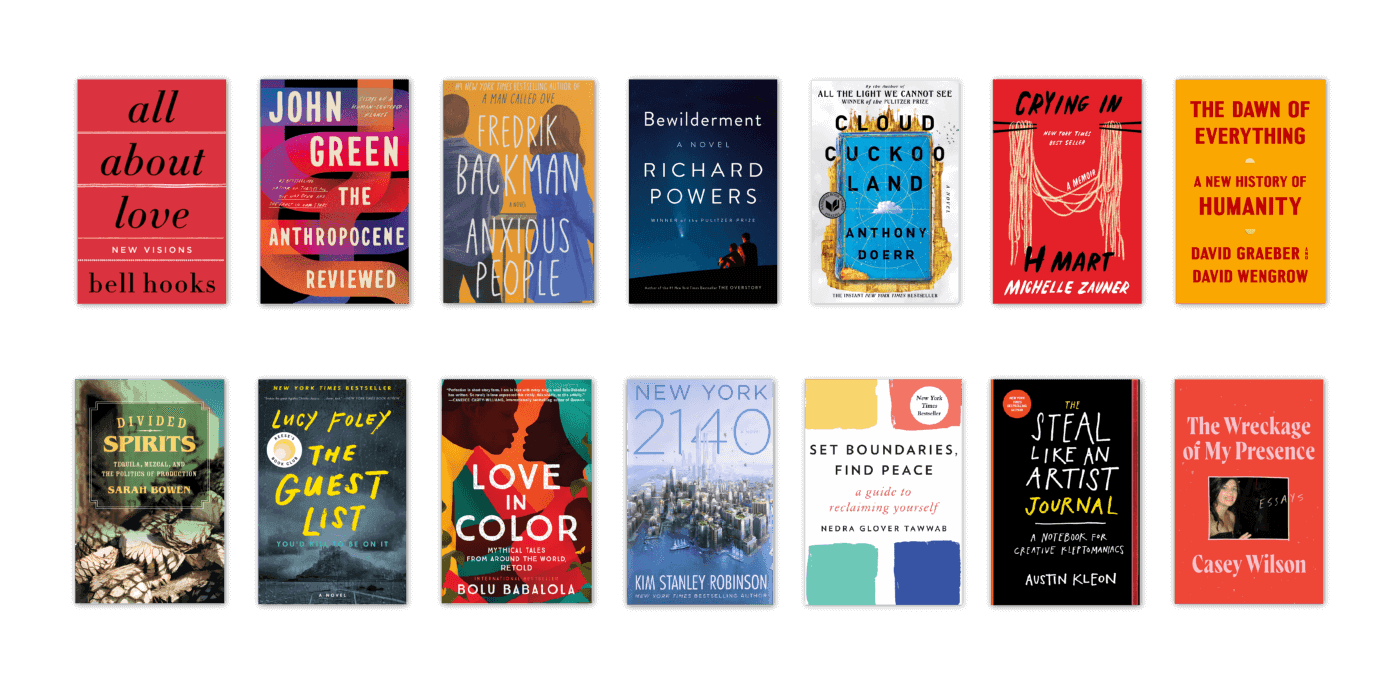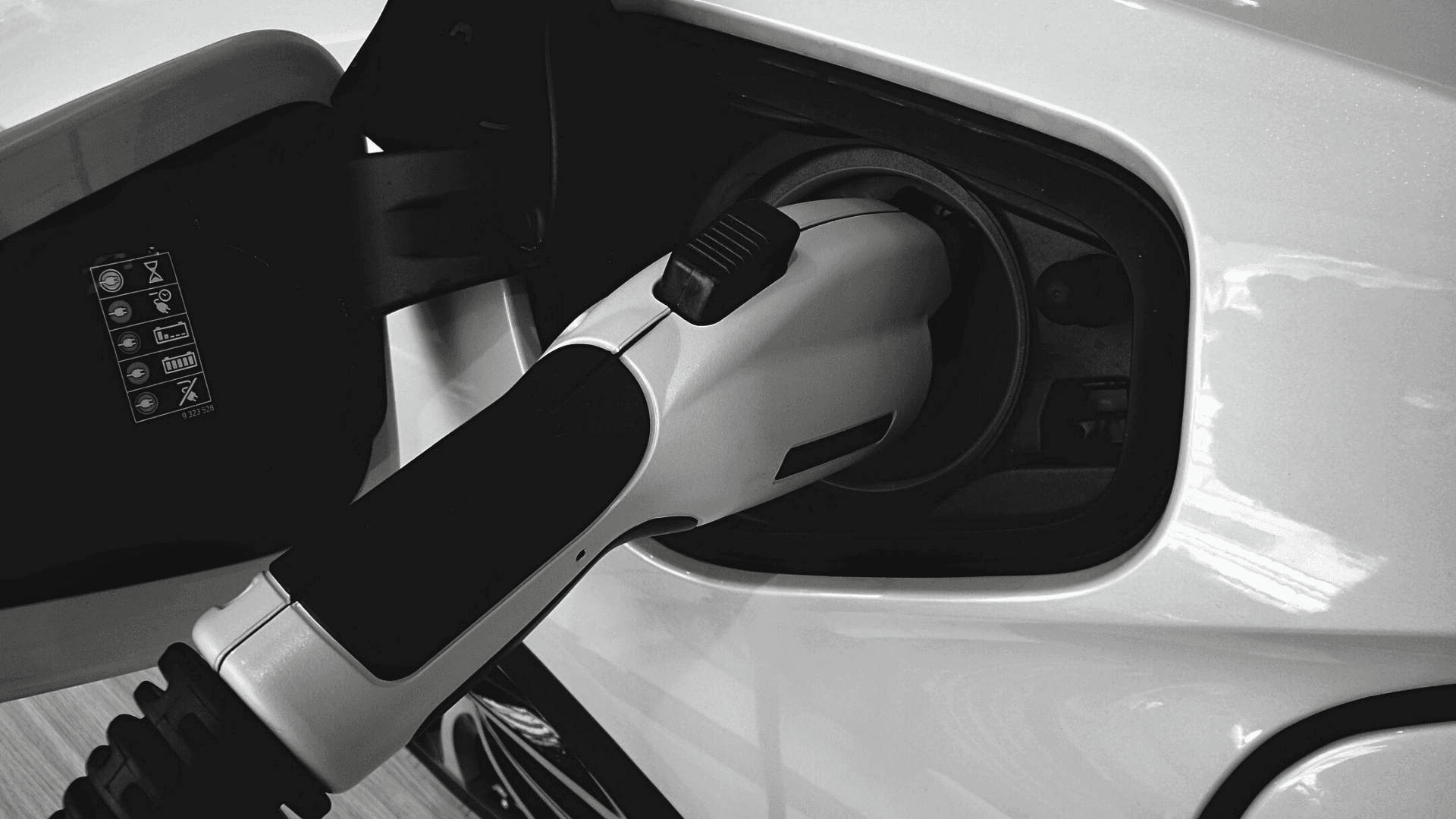Q&A with Dr. Kiana Aran
Tell us about yourself – what is your background in and how did you end up in your current position?
I am originally from Iran. I immigrated to the United States in 2002 for my undergrad studies at City University of New York. I studied electrical engineering and found myself interested in my classes and studies, but was not very passionate about my future as an electrical engineer. Therefore, I began to explore other opportunities outside of my program like programming for satellites for NASA and NOAA crest to monitor chlorophyll concentrations in open ocean water or working in a wet lab in the biology department — really trying to find what fascinated me most.
That ended up being human biology, and I decided to continue my graduate work in a field related to human biology and engineering. I obtained my PhD in biomedical engineering where I designed devices for monitoring immune response during open heart surgeries. I enjoyed what I was doing but my true joy for science didn’t really come into focus until I took on a postdoc position at University of California at Berkeley. With postdoctoral and funding from the National Institute of Health, came the freedom of choosing your own direction and projects, and that’s how I landed in the field I am today: combining electronics with biology to create novel solutions for healthcare problems.
Can you tell us about how you got your start as a founder?
It has been an interesting journey! I wasn’t planning on being an entrepreneur — I just thought of myself as a professor. While I was working on my postdoc, I was exploring delivery systems of protein-based pharmaceuticals. Normally, these compounds can only be administered by an injection, which is low impact if you are a healthy individual getting a bi-annual vaccine. However, if you’re immuno-compromised, every procedure comes at a far greater risk. Or, if you are living with a chronic illness and need to regularly take shots for treatment or symptom management, it can become quite the burden.
My solution was an ingestible device that could deliver protein-based therapies in a way that your body could process them. So, I took this idea, engineered an ingestible device that could accomplish the goal, showed outstanding results in animal studies and decided to start a company. I failed miserably. At the time, I was just a scientist, and was wildly unprepared to talk about my work with those outside of my field. I walked into presentations and would bury potential investors in data.
The good news is, failure is an excellent teacher and I learned a lot. I learned how to take my idea and turn it into a vision. I learned that I needed to build a network, from which I could create the best team to turn the vision into reality. I took all of this, and much more, to heart when I co-founded Nanosens and then Cardea with my amazing co-founders years after my first experience as an entrepreneur.
What are CRISPR-Transistor systems, and how are they used for biosensing?
The CRISPR molecule really caught my attention when I was a postdoc at Berkeley: the technology surrounding it was becoming more accessible, and scientists were beginning to realize just how much we could do with it. Basically, CRISPR is an evolutionary trait of bacteria, consisting of an enzyme and a RNA molecule. If there is an attack on a bacteria by virus, the system looks for the specific viral RNA sequence, and then the enzyme will remove it, basically cutting it like a molecular scissor.
I was fascinated by the power of this molecular scissor and its precision. While human health and biology is a passion of mine, my brain is still wired to think like an engineer. I remember thinking that CRISPR is just like a little search engine; that you can program it with any RNA or DNA sequence, and it will go find it in the genetic code. What appealed most to me was its ability to search for a very specific sequence with very high accuracy. At the time, one of the projects I was working on was graphene transistors that could detect glucose, and I thought why not try to combine the use of this sensitive electronic system that can detect really small biological molecules with CRISPR? The idea was to anchor a CRISPR system with a graphene transistor to monitor when it found its target genetic code. I believed that graphene transistors were sensitive enough to detect that without a need to alter or amplify the genetic code itself.
This led me to creating the first CRISPR-Transistor system, which we developed and published in 2019. The technology was the first example of combining CRISPR with modern electronics to achieve detection of genetic targets and was the most read paper in Nature BME journal that year. We showed the performance of the technology to detect genetic diseases such as Duchen Muscular dystrophy disorder and sickle cell disease. With those results, I decided to start my second startup, Nanosens, which eventually became Cardea Bio. Our first systems were designed for genotyping, a process which is normally very labor-intensive. Traditionally, the way genetic diseases are detected is by extracting the genome, chopping it down to smaller sequences, amplifying the targets, then labeling, and finally you can begin analyzing your target sequence. I was hoping to cut down these processes and I wanted to quickly identify target sequences using CRISPR enzyme and graphene transistors. When a sample was applied to the transistor, the molecule would search for the target sequence: if it was present, the molecule would bind to the sample and would send off a distinct signal.
Today, genotyping is in very high demand across many different industries, and CRISPR-Transistor systems are a field-deployable solution. Instead of the arduous process of going through a lab, samples can be collected and rapidly tested as needed in the field — with much less training.
How have nanomaterials changed precision medicine research?
Simply put, nanomaterials are the best solution for nano-scale problems. If you’re looking for very small interactions on a molecular scale, you need to build a system that operates on that level. We cannot use a macro-scale system to detect or manipulate something on a molecular scale. Nanomaterials have been around for a little over 20 years now, but scientists have only just begun to unlock the scaling problem. Graphene is what I am most familiar with because of how well it works with biological applications. The material is durable, sensitive, stable, and made from a very abundant material: carbon. When first discovered, it was seen as a world-changing material, and it is living up to that standard.
Nanomaterials do represent a major turning point in how we manufacture things, and can’t always be produced in the same way we have historically done with silicon. We can optimize further and further, but at a certain point, we will need to make a change to a new infrastructure to truly take advantage of nanomaterials' full potential. Of course, this requires a lot of capital investment to build such an infrastructure.
You also study aging — from a medical perspective, how has the study of aging and age-associated conditions changed over time?
In terms of the medical industry, our study of aging has gone into high gear thanks to precision medicine. We sequenced our genome, and we’re studying and mapping every single proteome we can get our hands on. Armed with this knowledge, we started to look at the systems in our bodies on a level of detail that we had not been able to achieve prior.
We looked at a large and diverse sample of people: young and old, healthy and unhealthy, to better understand the process of aging. When we’re young, the proteins and enzymes in our bodies are wildly different than when we’re old. Some decline and go missing over time, others crop up in the face of age-related changes and conditions. Clinicians also have a greater knowledge of who is at risk before a condition manifests itself. We’re looking at genetic and biomarkers for different diseases, and seeing who is more likely to develop conditions. In this process, we also manage to diagnose more before it becomes a problem.
I think that socially we have changed as well. A focus on our personal health and well-being was already on an upswing, but the global pandemic brought it to the forefront. We have different definitions of what healthy looks like, and it's on a more personal scale than ever before. Baby Boomers are also a major driver, bringing a lot of attention and capital into the space.
For me personally, this is a major societal problem in the healthcare field that everyone will experience. Getting to work on something that could change the lives of everyone is a monumental idea, and has driven my own research on the topic.
What are some of the applications of CRISPR technologies that you feel are underexplored or underutilized?
I actually feel somewhat on the opposite side of the equation, and that we’re moving too fast. The level of innovation is incredible, but we should remain careful of the long term impacts of our actions. There’s a ton of capital being routed into the genetic research and genetic engineering from VCs, governments, and major corporations. Every week, hundreds of papers are published on CRISPR research and technologies. I think that we need to remember that we’re changing the genetic material and make up of something — plants, animals, compounds that we put into our bodies and release into the world.
Out of Cardea Bio we recently created a new startup, CRISPR QC, for quality control. We’re trying to develop new technologies and tools to really understand what we’re doing with the genome. We’re looking at impacts and reproducibility, we’re looking at how we can scale responsibly and in a way that we fully understand our work. We ultimately want CRISPR to have the impact that we all dream up, but not the nightmare scenarios.
Any advice for your peers?
Open yourself up to the power of collaboration. When we are young children, or even in university, we work together in groups to accomplish so much. But we get out into the world, and suddenly scientists are expected to be very secretive, and to keep our ideas and work to ourselves.
One person's knowledge and life experiences are limited and you can only get so far — but collaboration expands your outlook on both. We should stop working in silos: engineers have to start working with biologists, chemists, physicists, clinicians, you name it. There should still be protections for IP, but collaborate, collaborate, collaborate. The power goes beyond just the expertise of your field. And finally, be brave enough to pursue an answer and listen to your curious mind.




